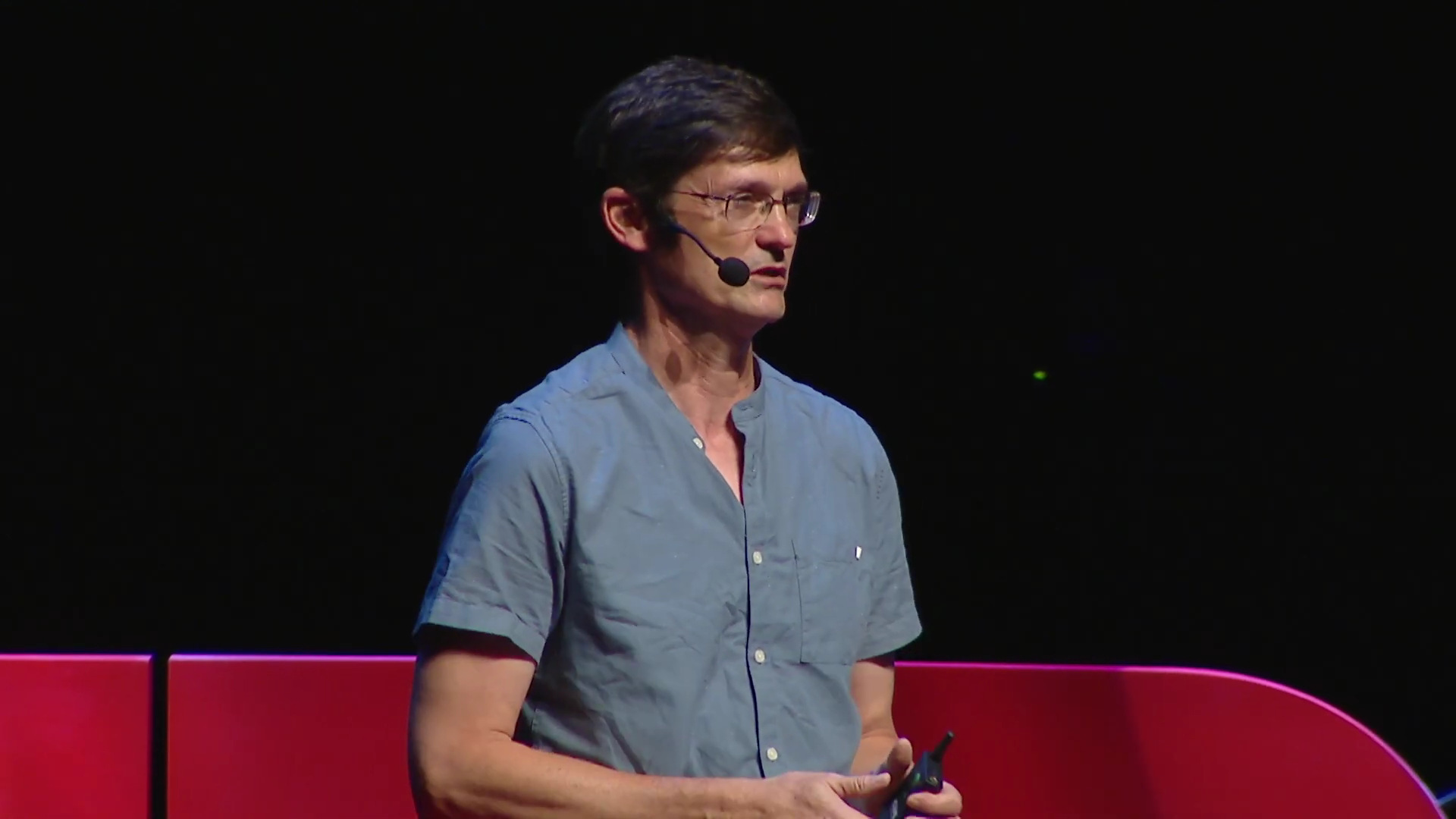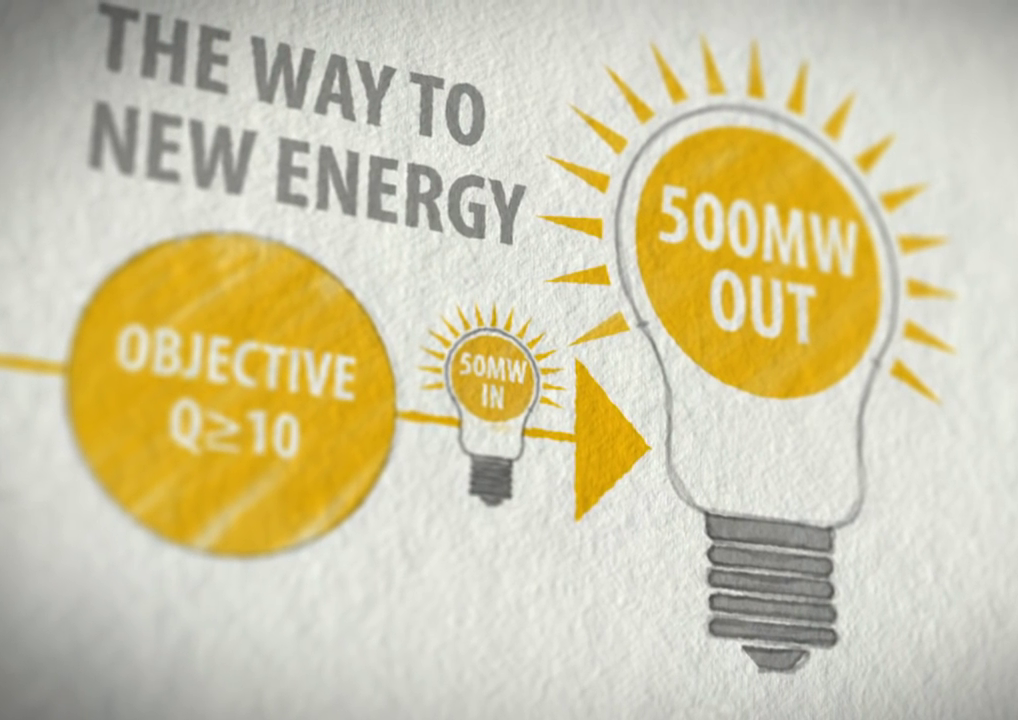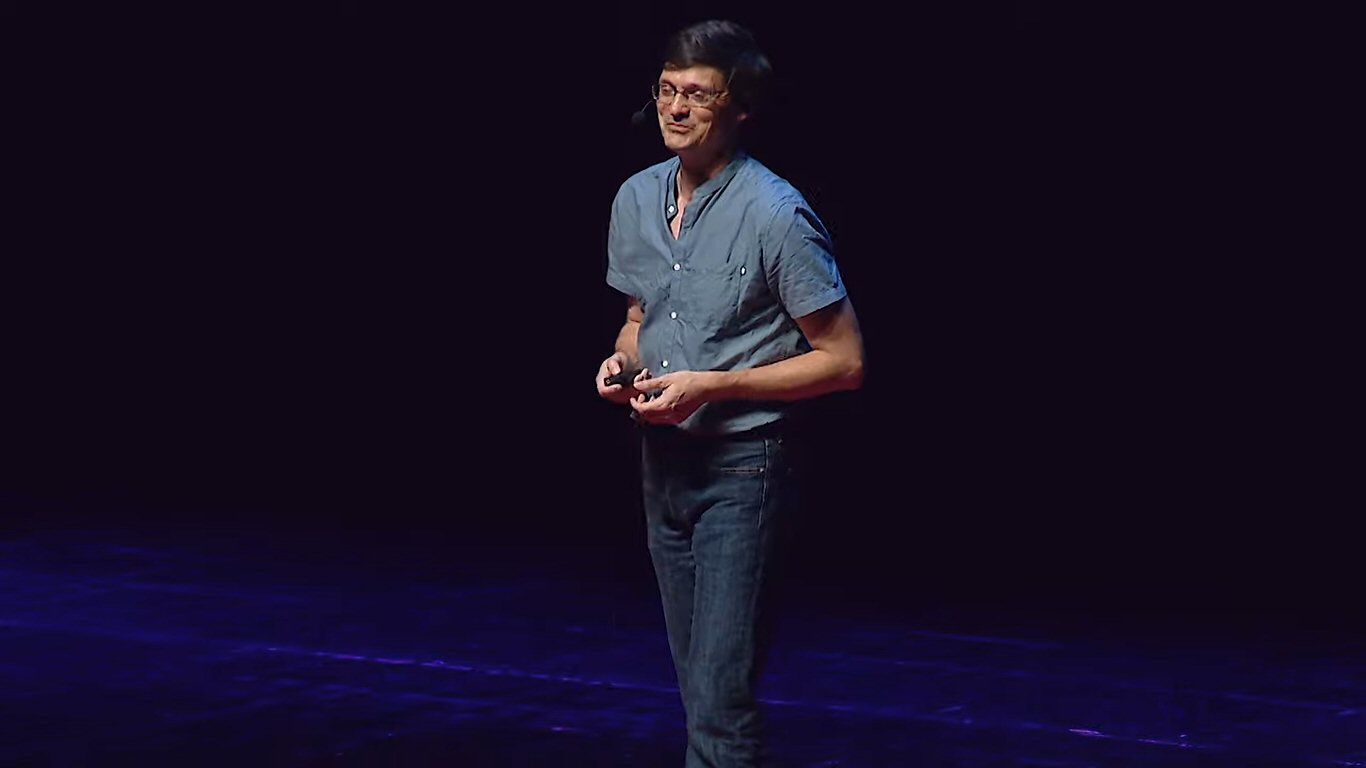#77 Misleading ITER Power Claims by Fusion Scientist Mark Henderson
Return to ITER Power Facts Main Page
By Steven B. Krivit
Oct. 1, 2021
On March 17, 2021, investigative radio journalist Grant Hill spoke with me about my International Thermonuclear Experimental Reactor (ITER) investigation. Hill had asked the ITER organization for someone to speak with, and they provided U.S. physicist Mark Henderson, who at the time was working in France on the ITER reactor project.
Hill cut his teeth as an investigative journalist on a story called “Stay the F**k Out of Bordentown,” about police brutality in a small town in New Jersey.
On the Pulse
On May 7, 2021, Hill’s radio segment aired on WHYY’s “The Pulse,” a health and science radio show produced by Philadelphia’s NPR affiliate station. The show approached him to do a piece on fusion progress – how close humanity was to achieving real fusion energy production. At first, Hill didn’t know anything about the field. But after he read my news reports and a 2008 book by Charles Seife, he approached the subject with caution.
“The history behind fusion energy was fascinating and full of interesting characters who claimed they could do incredible things,” Hill said.
When he spoke with me, Hill was particularly interested in the expected power output of the ITER reactor.
Hill asked Henderson about the power values associated with ITER, too. Henderson told Hill that one of the key issues in communication is to understand who your audience is. He said that, as a scientist, it is important to give each audience enough information to be able to correctly understand the ITER power values. Henderson told Hill that he doesn’t like conveying information in a way that can be misinterpreted.
Henderson said that he hoped his public presentations about ITER had always been clear and accurate about the power projections for ITER.

Former ITER Fusion Scientist Mark Henderson
Mark Henderson
Henderson, now 59, has dreamed of building a practical fusion reactor since he was 14. Since earning his Ph.D. in plasma physics from Auburn University in Alabama in 1991, he has devoted his professional career to fusion research. He first went to work at the Centre de Recherches en Physique des Plasmas in Lausanne, Switzerland.
In 2008, he started working at the ITER organization. There, he held a high-level position as the section leader of the ITER electron cyclotron heating and current drive system.
Shortly after Henderson spoke with Hill on March 30, 2021, he apparently resigned from the ITER organization. Henderson told me that he now works for the United Kingdom Atomic Energy Authority. He said that his career move had been planned for a while and that it was unrelated to the radio show.
ITER Project Power Fundamentals
Before going further, we need to have a brief discussion about the primary measurable objective of the ITER project and the long-running discrepancy over the power claims.
If successful, the ITER fusion experiment will inject 50 million Watts of thermal power into the fusion fuel and, in turn, produce fusion reactions with 500 million Watts of thermal power. But reaction power gain is not the same as reactor power gain.
If ITER succeeds in this reaction power gain — which is its primary scientific goal — then the correlated result for the overall reactor will be an equivalent loss of 250 million Watts of thermal power. The equivalent loss, normalized to electric power, will be 100 million Watts.
From a pure physics perspective, the reactions will demonstrate net power. From a practical perspective, the reactor will lose power.
However, for decades, the ITER organization and its representatives said that the overall reactor, if it works as planned, will be the first fusion reactor to produce net power; from an input of only 50 megawatts to heat the fuel, they said, the reactor would produce 500 megawatts, a tenfold power gain.
They consistently failed to explain that the 50 MW input really meant only the injected thermal power used to heat the fuel. They failed to explain that the 500 MW thermal output is not possible without the 300 megawatts of electricity needed to operate the reactor.

The false claims made by the ITER organization, as published on its Web site, before Oct. 6, 2017

Image from 2016 ITER organization promotional film
When in Vicenza
A day before his interview for the radio show, Henderson sent Hill a link to his lecture at a TEDx conference in Vicenza, Italy, from June 2019. Henderson appears in the video as a serious scientist: dispassionate, thoughtful, and humble. Wearing blue jeans and a slightly wrinkled short-sleeved shirt and often sporting a gentle smile, Henderson exuded credibility.

Mark Henderson speaking at TEDx Vicenza, June 2019
But when Hill watched and listened to Henderson’s lecture, he realized that Henderson didn’t communicate to his audience so they would accurately understand the information, specifically the power values. Henderson’s message — by accident or design — was certain to be misinterpreted.
In his TEDx lecture, Henderson first mentioned the record-setting 1997 fusion result from the Joint European Torus (JET) fusion reactor:
We were able to create a reaction where the amount of energy we put in equals the amount of energy out. We call it breakeven.
I will first address the less-significant issue. The thermal power produced from the 1997 fusion reactions in JET was 16 MW. The injected heating power delivered to the fuel was 24 MW. That’s neither equal nor breakeven by any definition.
Now let’s discuss the far more serious and insidious problem. Watching and listening to the video reveals that Henderson knew he was talking to a lay audience. When Henderson said the amount of energy in equals the amount of energy out, he created the only association that any non-expert would make: a comparison between the energy that went into the JET reactor and the energy that came out of the JET reactor.
But the rate of power going into the JET reactor was 700 MW of electricity, not 24 MW. That gives a reactor efficiency, with values normalized, of 1 percent.
Henderson created a similar false impression when, moments later in his lecture, he spoke about ITER:
Our goal is to build a machine that performs 10 times better, so we have 1 Watt going in equals 10 Watts out.
In this case, Henderson had no excuse. In no way did Henderson inform the audience that he was talking about only the reaction, rather than the reactor. The ITER machine, with a planned equivalent of 800 megawatts of thermal power going in and 550 megawatts of thermal power coming out, gives a reactor efficiency of 68 percent. (See calculations here.) So, if ITER works as designed, it will perform 68 times better than JET. That would indeed be progress! But ITER is still planned to be a reactor with a net-power loss. The problem is, Who would pay $6 billion for that, let alone $65 billion?
So, to be honest, Henderson would have had to discuss explicitly the reaction power values and explain the concept of injected thermal power — or say this:
Our goal is to build a machine that performs 68 times better, so we have 8 Watts going in equals 5.5 Watts out.
Once Is a Mistake; Three Times Is a Habit
I wondered whether Henderson was just having a bad day when he gave his TEDx presentation. But a quick Internet search revealed other nearly identical misleading claims. A lecture he planned to give (and presumably gave) was listed at a Barcelona School of Telecommunications Engineering Web site in 2017. Here’s an excerpt from his abstract:
To date, fusion experiments have reached the “break-even” point, with the energy output equaling the energy input. Europe, with Russia, China, U.S., South Korea, India, and Japan is now building a new device (ITER) in the south of France that aims at demonstrating a 10-fold increase in output power.
Again, he clearly communicated the power gain in the context of the device, not the physics reaction.
On Aug. 23, 2019, NDTV interviewed Henderson. The interviewer asked him, “How soon do you think you can have the first generation of heat, because you’re not going to generate electricity here for quite a while?” Here is Henderson’s response:
Well, actually, we won’t generate electricity. This is an experimental reactor, but we hope that within 15 years we will be producing energy, so that every one Watt we put in we will get 10 Watts out.
Again, he clearly communicated the power gain in the context of the reactor, not the physics reaction.
The Question of Context
I carefully considered whether there was anything in Henderson’s TEDx lecture and NDTV interview that could have put his claims in a context to make them accurate and honest. I found nothing.
I confronted Henderson about his false claims, and I showed him what I had found. I invited him to offer an explanation.
He had a lot to say but very little that was relevant. Throughout the many e-mails we exchanged, I reminded him that his statements were clearly implying reactor power values and in no way explaining that he was really talking about only the physics, the reaction values. I encouraged him to take his time and to think carefully about how he would like to explain his actions to the public. Here’s what he wrote on May 13, 2021:
My statements in each address, taken in their context, has been consistent with the ITER objectives and the interpretation of the power generated in the plasma as a 10-fold increase above what was injected into the plasma.
What Henderson told me is precisely the aim of ITER. And it is precisely what Henderson didn’t tell his public audiences cited here.
One of the most fascinating things in Hill’s investigation is what Henderson told him about the distinction between the projected reaction power gain of 10 and projected reactor power gain of 1 in ITER.
“Henderson doubted whether actual engineers who work on fusion sites correctly understood this difference, let alone the public,” Hill wrote.
It’s an amazing admission on Henderson’s part, considering statements to public audiences.
But Henderson was right about one thing. Even a high-ranking scientist at the ITER organization thought that the reactor was designed to produce 10 times the power it would consume.
What is difficult for me to fathom, despite all the conversations I’ve had with fusion scientists who have done the same thing Henderson has done, is that even Tim Luce, the current chief scientist of the ITER organization, was telling journalists, “We plan to produce 500 megawatts with 50 megawatts of consumption.” (See my report here. Neither Luce nor Coblentz has informed me of any error in my report.)
Henderson told Hill that, if there was confusion, it was all just a misinterpretation, not purposeful misrepresentation.
“It is very easy in any field to be misinterpreted,” Henderson told Hill. “And unfortunately, it’s easier for people to take potshots at fusion, just because [of] the amount of invested money to build a machine.”
This report covers only Henderson’s misrepresentations of the power values. To see his misrepresentations about fusion fuel and fusion progress, please see this report and video; however, it is written for technical and scientific audiences.
When in Rome
A survey of Henderson’s public communications in print and multimedia suggest that he cares deeply about our future on this planet. His motives seem to be in the right place. But Henderson is one of many fusion scientists who have abused the public’s trust in science, in scientists, in physics, and in nuclear fusion research. He is by no means alone.
As my film, ITER, The Grand Illusion: A Forensic Investigation of Power Claims, shows, many fusion scientists communicating with the public, the news media, and elected officials have done exactly what Henderson has done: create a grossly exaggerated appearance of past and future progress in fusion research. This abuse has been going on for decades.

